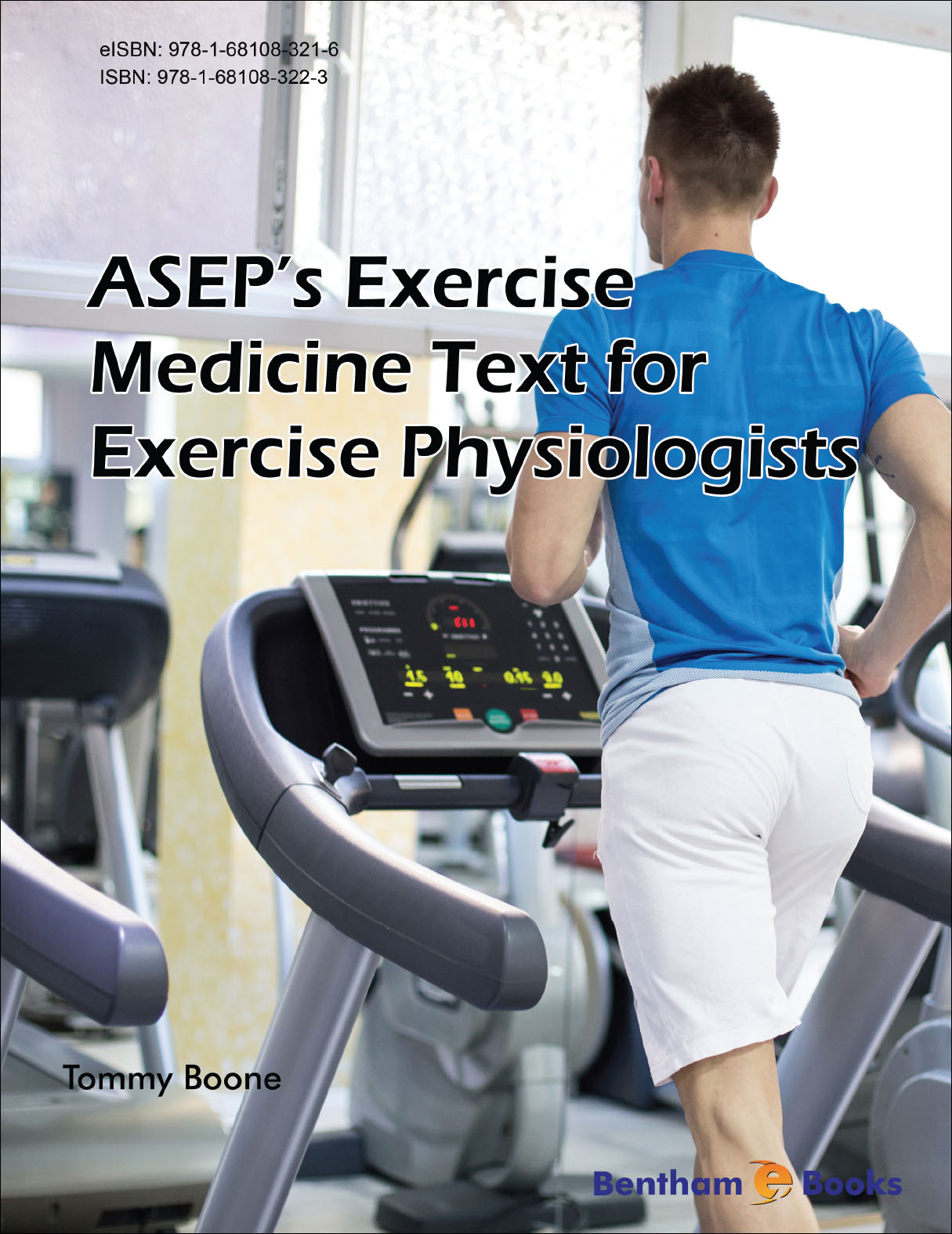Introduction
Watching TV, surfing the Internet, and sitting for long hours have replaced more active pursuits. Millions of Americans are simply not moving enough to meet the minimum threshold for good health and longevity. Exercise physiologists have researched and highlighted this fact for decades. That is why they emphasize the importance of regular exercise in the prevention of chronic diseases associated with physical inactivity and a sedentary lifestyle. Heart disease, obesity, type 2 diabetes, high blood pressure, stroke, peripheral arterial disease, depression, several types of cancers, and osteoporosis can be treated or even prevented with properly prescribed exercise. There is a need for integrating exercise physiology knowledge and rehabilitation programs as a continuous part of the healthcare profession. This opens up the opportunity for new approaches to manage patients suffering from chronic diseases and disabilities. ASEP’s Exercise Medicine Text for Exercise Physiologists is designed to educate exercise physiologists about the significance of professionalism in exercise physiology, exercise medicine, and entrepreneurship opportunities. It combines scientific principles with cardiovascular calculation steps that support its use in the development of safe, well-rounded, and individualized exercise programs to help clients and patients sleep better, reduce stress, maintain a healthy body weight, keep bones strong and joints healthy, decrease the risk for colon cancer, and improve mental function. This textbook demonstrates the importance of exercise medicine, and will familiarize readers with ASEP guidelines. Exercise physiologists in training will, therefore, be prepared for contributing a meaningful role in the healthcare services sector.

